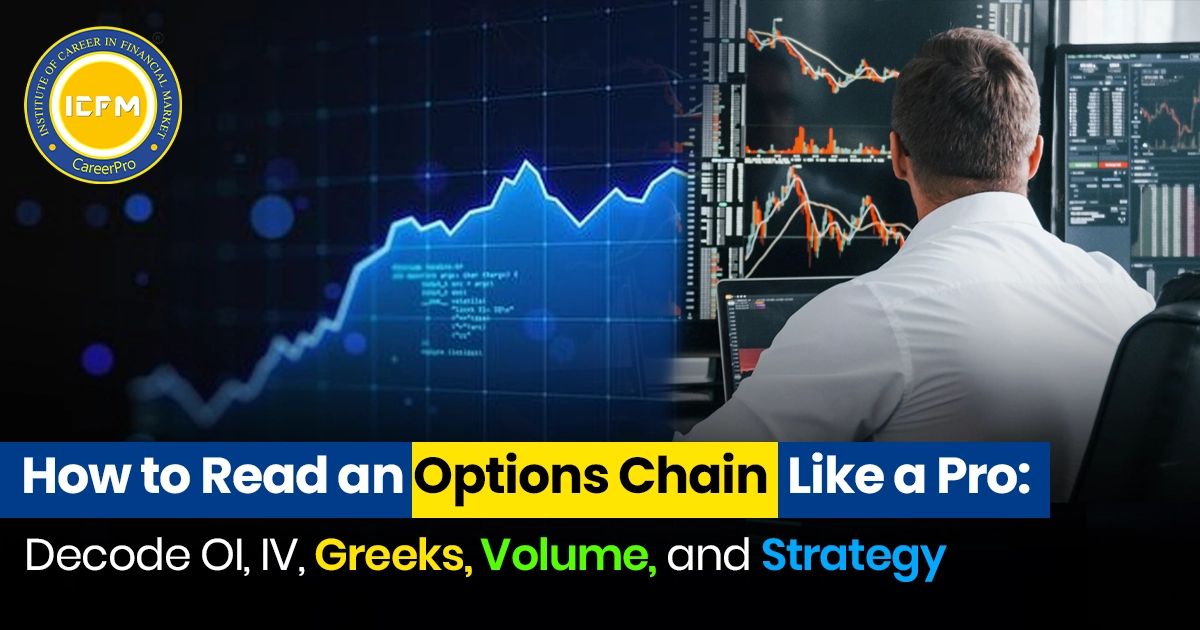Margin Types :-
Margin requirements in derivatives trading are some of the important controls and ways to ensure that parties to trading are capable of fulfilling their financial commitments. Here's a detailed look at the different types of margins in derivatives trading:
1. Initial Margin
Definition: The initial deposit required for opening a new position in any derivative. It is a security deposit to cover losses.
Objective: It ensures that traders are adequately capitalized against initial market exposure.
How Determined: The exchange or the clearinghouse usually imposes it. This level would depend on the type of derivative, asset class, and prevailing market conditions.
2. Maintenance Margin:
Definition: The least level of equity to be kept within the margin account after a position is opened.
• Purpose: It ensures against default by having enough funds in one's account to at least absorb the losses resulting from adverse market movements.
• Action: In case of an adverse price movement, if a margin account falls below this level, then such a situation will trigger a margin call upon the trader, for which he needs to deposit extra funds.
3. Margin Call:
• Definition: The demand for additional funds by broker or clearinghouse to return the margin account to the level of initial margin upon a drop below the level of maintenance margin.
• Purpose: To ensure the trader's account is sufficiently funded to address the probable risk.
• Action: Failure to meet a margin call can be followed by liquidation of positions to fill one's account shortage.
4. Variation Margin:
Definition: The daily adjustments to the margin account given the daily marktomarket value of the derivative position.
Purpose: To carry present market value of the position, and for realization and daily settlement of gains and losses.
Process: Traders may be required to add funds when the position moves against them, or they can receive funds when it moves in their favor.
5. Performance Bond:
Definition: Sometimes used as a synonym for initial margin, it is the deposit to gain entry into a derivatives contract.
Purpose: It represents a kind of financial guarantee in the contract and is retained by the clearinghouse for coverage against potential losses.
6. Counterparty Margin:
Definition: in OTC derivatives, especially non standardized ones, margin required for handling the credit risk between the transaction counterparties.
Intent: Eliminates the possibility of default by both counterparties because each party has adequate coverage of collateral for their obligations.
7. Premium Margin (Options):
Definition: The amount that has to be paid upfront for purchasing an options contract.
Purpose: Acts as the option's premium, which the buyer is subject to paying to the seller.
Action: This margin is different from other types because it's a onetime payment and does not change with market movements.
8. Collateral Margin:
- Definition: Assets pledged by traders as collateral for their positions in the derivatives contract.
- Purpose: To cover possible losses and insure the realization of the margin requirements.
- Types: Collateral can be in the form of cash, government securities, or other liquid assets.
Key Considerations:-
- Leverage: Derivatives are truly characterized by huge leverage, where the margins are representative of just a minute fraction of the total market value of the positions. This may potentially bring in enormous gains and losses.
- Daily Settlement: The positions in derivatives are market to market on a daily basis, where the margins will be adjusted for changes in prices each day.
- Risk Management: Proper management of margin requirements is crucial in keeping risks well below the level where traders will not be able to meet their financial obligations and prevents forced liquidation or even margin calls.
Mastering such types of margins and what they imply will help both traders and investors manage their risk appropriately and maintain sufficient capital to support their positions in the given derivatives.









